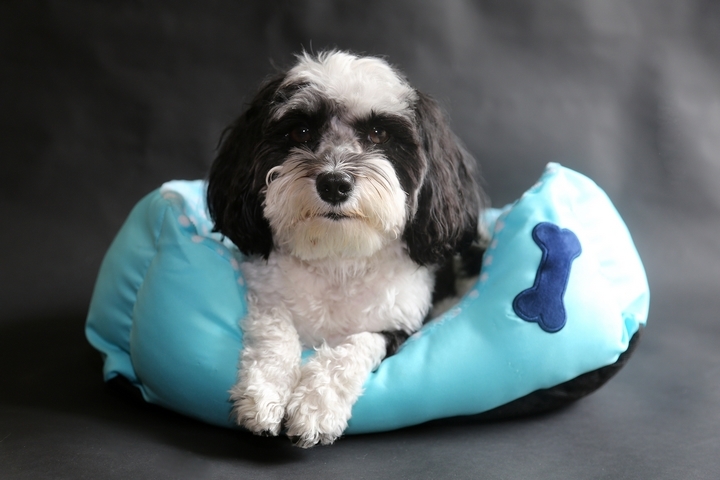Owning a pet comes with responsibilities because you are caring for another life. While it can be time-consuming and challenging, the rewards of a canine companion are vast. You want the best for your dog so they can live a healthy, happy life, and the dog breed can play a big factor.
Consider the type of dog you want based on your family dynamic and lifestyle. If you are a homebody that doesn’t spend much time outdoors, you may want a smaller pet suitable for indoor living. For an active person that likes to hike, camp, exercise outdoors and get lots of suns, a bigger dog that is bread for running is a good choice.
Do you have your mind set on a certain type of dog, or do you want a long-living, active pet free from genetic predispositions and ailments? To help you make the right choice, here are some of the healthiest dog breeds.
Dog Breed #1: Australian Cattle
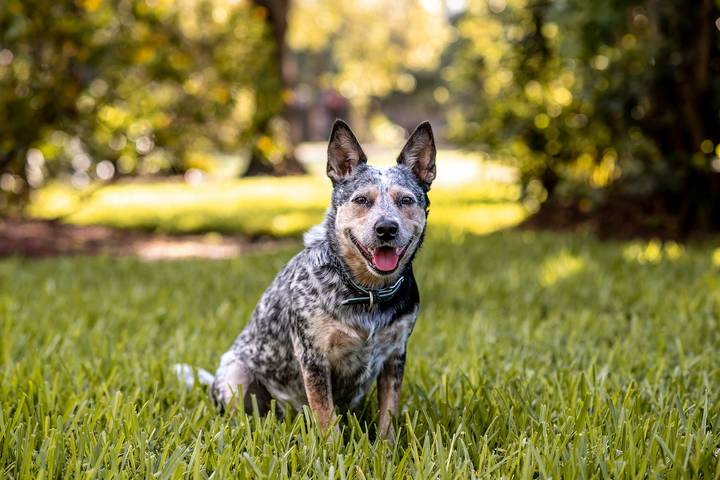
This working dog is bred for herding cattle and is very active. The average lifespan for this breed is 10-16 years, and the Guinness Book of World Records states the oldest living dog to be Bluey, a 29-year-old Australian cattle dog.
These medium-sized herding canines need lots of exercises. If you aren’t a cattle farmer, you should be an active family to give this high-energy companion the attention it needs. This dog breed seldom gets ill. However, you may need to take them to see animal urgent care if they suddenly develop a sickness.
Dog Breed #2: Border Collie
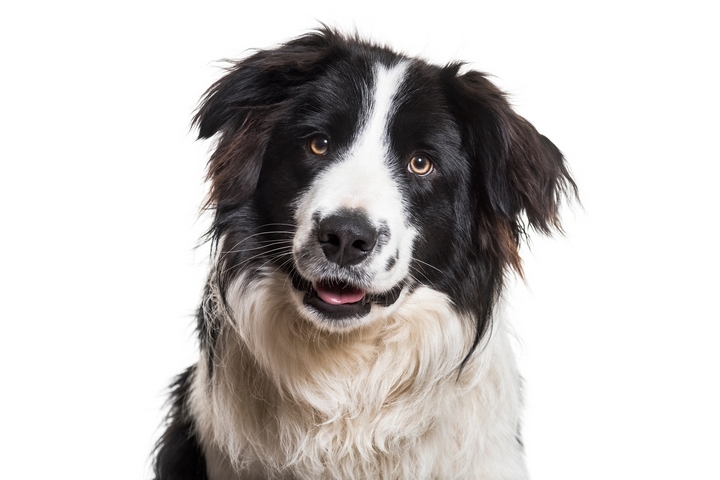
Another active breed is the border collie. This obedient and agile dog loves the outdoors and has an average life span of 10 -14 years. You will need lots of exercise and outdoor access, but they are very intelligent and highly trainable to fit into your active lifestyle.
Their spunky personality will also keep you on your toes, and they need to be productive, or they can easily get into mischief. Hiking and frisbee are perfect pastimes for this canine.
Dog Breed #3: Beagle
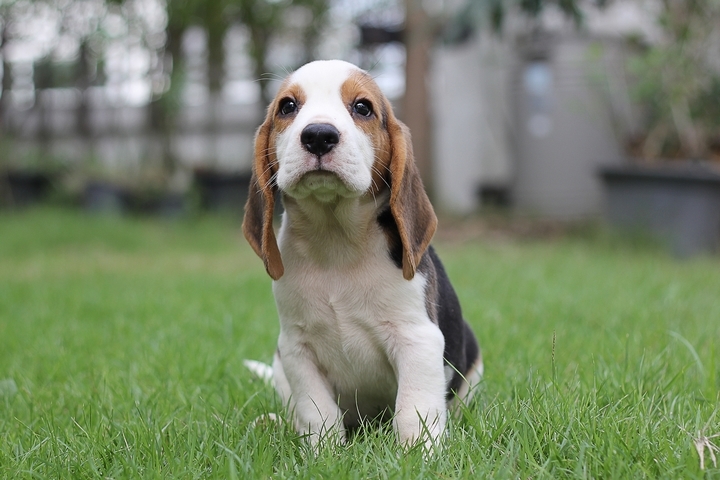
A beagle is a smaller dog in the English hound family. They are more docile dogs and are great as family pets where they can play with kids. Their short hair makes them low maintenance, and they tend to be happy and loving most of the time.
Beagles can live an average of 12-15 years and be originally bred to track rabbits as they have a high food drive and very developed senses. Training may be required as they like to escape and roam around but are outgoing, brave and affectionate.
Dog Breed #4: Chihuahua
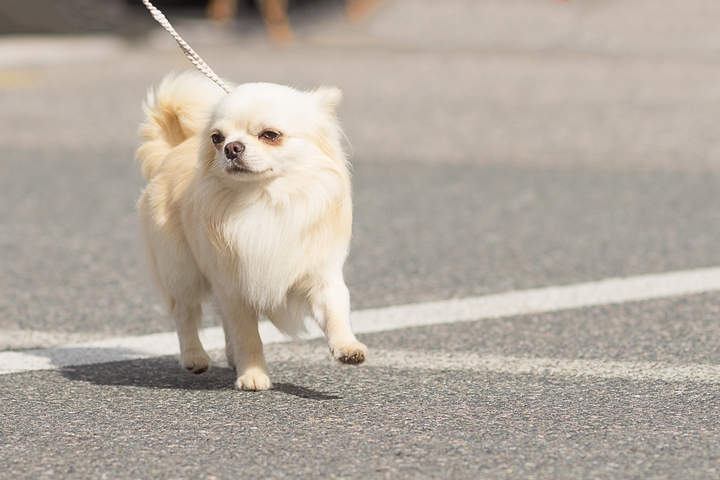
A chihuahua is a toy dog breed with lots of spunk and personality. These little pets can live up to 20 years and are content to be carried or snuggled up on your lap at home when they aren’t bouncing around the room. They are perfect for any lifestyle because they are ready to go outside for a walk or lounge on the bed or couch all day.
A chihuahua grows to around 6-9 inches tall and weighs between 2-6 pounds, making feeding and caring for them a breeze.
Dog Breed #5: Siberian Husky
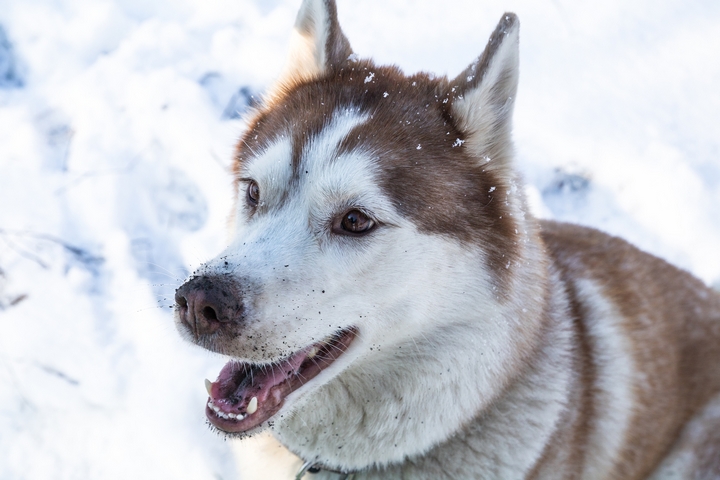
Siberian Huskies are majestic dogs imported from the Soviet Union in the early 1900s, and they came with few genetic diseases. This arctic dog breed is medium-sized, used for sled work and companionship, and is most closely related to Siberian wolves.
They are friendly, intelligent, outgoing and gentle, making a great pet for the family, with a life expectancy of 12-15 years. This husky has a thick fur coat with triangular ears and distinctive markings, making it a popular pet choice.
These are among the healthiest breeds of dogs. Others include:
- Greyhounds
- Poodles
- English sheepdogs
- German pointers
- Havanese
Unfortunately, these dogs, while they have longer life spans, are susceptible to some genetic conditions through selective breeding. Most dog breeds will suffer from various conditions including in the hips, eyes, skin, ears and internal issues. Pariah and feral dogs tend to be free from most genetic diseases, but while they tend to remain healthy, they may not make ideal pets.
Breed #6: Mixed Breed or Purebred
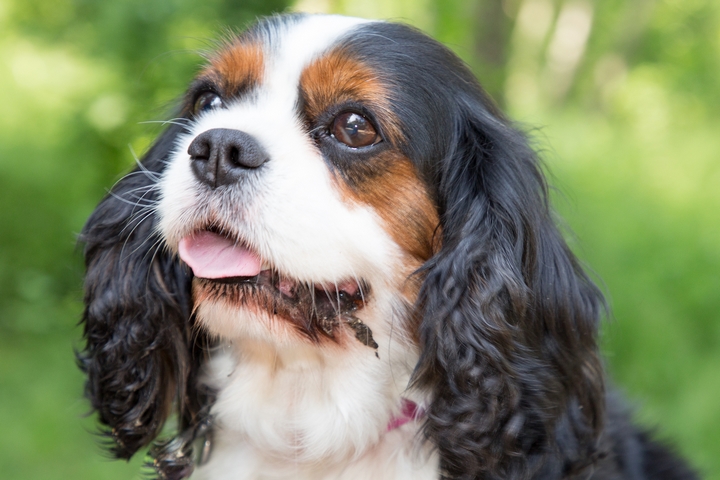
Dogs have been selectively bred for thousands of years to gain a variety of looks and sizes, along with advantageous features and abilities. Unfortunately, this can cause problems. Purebreds are susceptible to genetic problems because of line breeding but with a mixed breed, and there is less of a chance of inheriting similar genetic issues from their parents. Ultimately though, some dog breeds are healthier than others.
Ultimately, the choice is yours when choosing your dog, and most people look for a desirable breed based on looks. It is best to factor in what dog breed is the healthiest, so you have a pet that will live a long, pain-free life.










